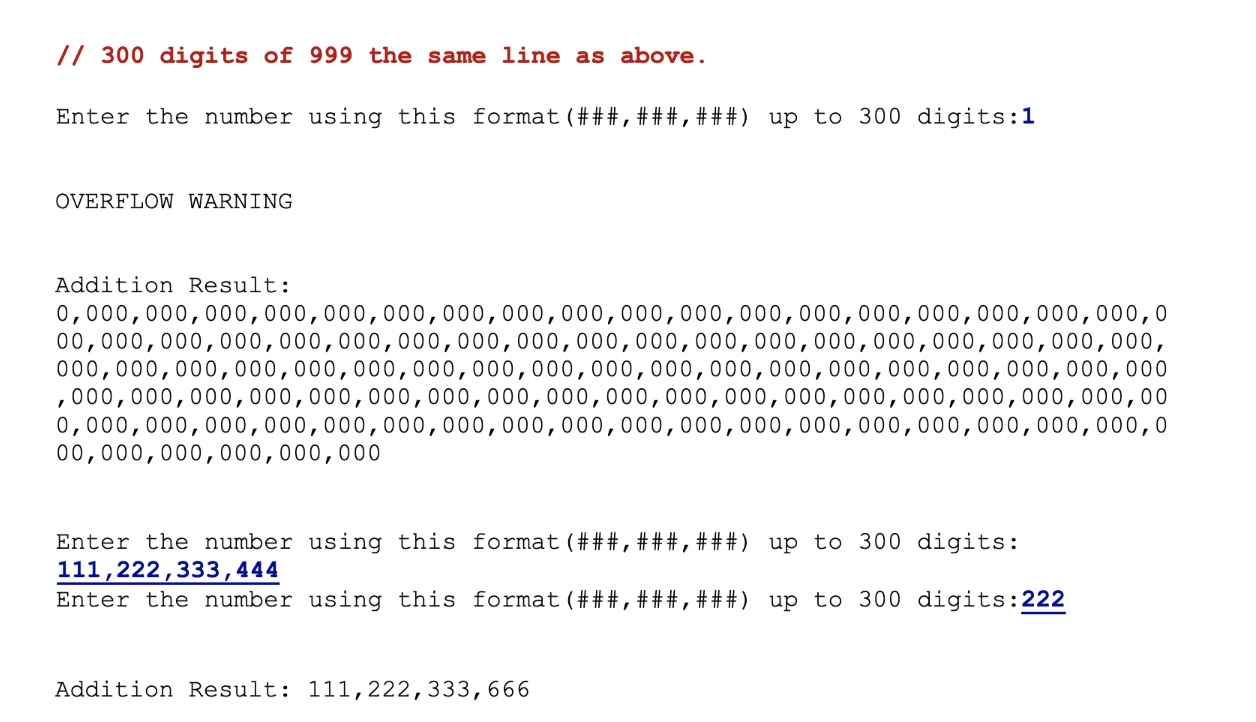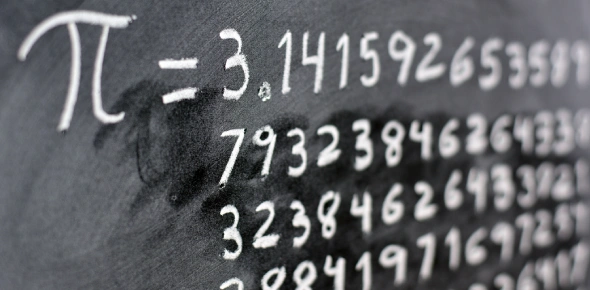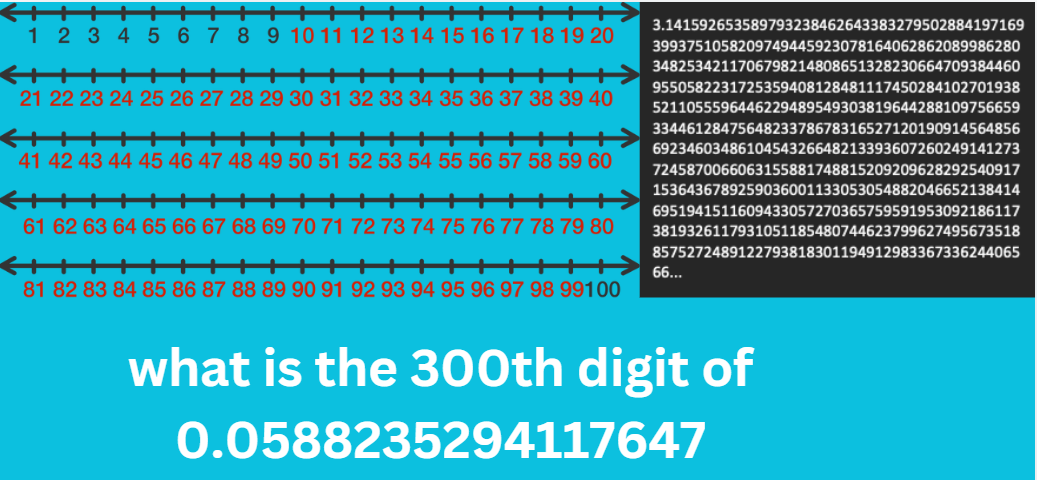Contents
- 1 Introduction
- 2 What Does “What Is the 300th Digit of 0.0588235294117647” Mean?
- 3 Understanding Repeating Decimals
- 4 Understanding the Mathematics Behind Repeating Decimals
- 5 Practical Examples of Finding Specific Digits in Repeating Decimals
- 6 Why Is This Concept Useful?
- 7 FAQs
- 7.1 1. What is the repeating pattern of 0.0588235294117647?
- 7.2 2. How can I determine the 300th digit of a repeating decimal?
- 7.3 3. Why do some decimals repeat while others terminate?
- 7.4 4. Can repeating decimals be converted back into fractions?
- 7.5 5. What is the difference between a repeating and a non-repeating decimal?
- 8 Conclusion
Introduction
If you have ever wondered about repeating decimal numbers and the challenge of determining the specific digits far down the decimal line, you’ve come to the right place. In this article, we will explore “what is the 300th digit of 0.0588235294117647”, delving into the mathematical concepts behind repeating decimals, how to determine the 300th digit, and providing a comprehensive analysis that is easy to understand.
The decimal 0.0588235294117647 is a repeating decimal, and understanding its pattern can help answer the question about the value of its 300th digit. This topic involves basic mathematical concepts as well as some insights into periodic numbers. Let’s take a detailed look at how to solve this intriguing problem and better understand the mathematics behind repeating decimals.
What Does “What Is the 300th Digit of 0.0588235294117647” Mean?

When dealing with a decimal number like 0.0588235294117647, it’s important to recognize that this number repeats indefinitely after a certain point. The number 0.0588235294117647 has a repeating pattern, specifically “0588235294117647,” which consists of 16 digits that repeat infinitely.
The challenge is to determine the 300th digit of this repeating decimal sequence. In simpler terms, the task is to find out what digit appears in the 300th place when the repeating decimal is written out in full.
Understanding Repeating Decimals
What Are Repeating Decimals?
A repeating decimal is a decimal number in which a sequence of digits repeats infinitely. The repeating part of the decimal is known as the period or repetend. Repeating decimals are often represented using a bar notation, such as:
- 0.3‾0.\overline{3}0.3 = 0.33333…0.33333\ldots0.33333…
- 0.0588235294117647‾0.\overline{0588235294117647}0.0588235294117647 = 0.05882352941176470588235294117647…0.05882352941176470588235294117647\ldots0.05882352941176470588235294117647…
In the case of 0.0588235294117647, the repeating pattern is 16 digits long. This means that every 16 digits, the sequence repeats itself.
The Repeating Pattern of 0.0588235294117647
To understand “what is the 300th digit of 0.0588235294117647,” we need to identify the repeating sequence. The decimal 0.0588235294117647 has a repeating part of 16 digits, which is:
0.0588235294117647 (repeats)
This pattern of “0588235294117647” repeats over and over again without end. Therefore, each set of 16 digits looks exactly the same.
How to Find the 300th Digit
To determine the 300th digit of the repeating decimal 0.0588235294117647, we need to consider the length of the repeating sequence and use simple division to locate the position of the desired digit within the repeating cycle.
Step-by-Step Calculation
- Identify the Length of the Repeating BlockThe repeating block of 0.0588235294117647 consists of 16 digits.
- Divide 300 by 16To determine which digit in the repeating sequence corresponds to the 300th digit, we need to divide 300 by the length of the repeating block (16).300÷16=18 remainder 12300 \div 16 = 18 \, \text{remainder} \, 12300÷16=18remainder12This means that when we reach the 300th digit, we have completed 18 full cycles of the 16-digit sequence, and we are at the 12th digit in the 19th cycle.
- Locate the 12th Digit in the Repeating SequenceThe repeating sequence of 0.0588235294117647 is:0 5 8 8 2 3 5 2 9 4 1 1 7 6 4 7The 12th digit of this sequence is 1.
Answer
Thus, the 300th digit of 0.0588235294117647 is 1.
Understanding the Mathematics Behind Repeating Decimals

Periodic Nature of Repeating Decimals
Repeating decimals arise when fractions are converted to decimals, especially when the denominator is not a factor of the base (in this case, base 10). For example, 1/17 results in the repeating decimal 0.0588235294117647, which repeats every 16 digits.
Why Does the Decimal Repeat?
The reason a decimal like 0.0588235294117647 repeats is that, during the process of long division, the same remainders keep reappearing, leading to the repetition of the quotient’s digits. When dividing 1 by 17, the remainder cycle eventually repeats, resulting in the repeated pattern seen in the decimal.
How to Recognize a Repeating Decimal
Any rational number (a number that can be expressed as the ratio of two integers) can be written either as a terminating or a repeating decimal. If, during division, a remainder reappears, the resulting decimal is repeating. For example:
- 1/2 = 0.5 (terminating)
- 1/3 = 0.3333… (repeating)
- 1/17 = 0.0588235294117647… (repeating)
Practical Examples of Finding Specific Digits in Repeating Decimals
To illustrate further how to determine specific digits in repeating decimals, let’s look at another example.
Example: What Is the 200th Digit of 0.142857?
The repeating decimal for 1/7 is 0.142857, which has a repeating block of 6 digits.
- Divide 200 by 6:200÷6=33 remainder 2200 \div 6 = 33 \, \text{remainder} \, 2200÷6=33remainder2This tells us that the 200th digit corresponds to the 2nd digit in the repeating sequence 142857, which is 4.
Applying the Same Method to Our Question
The method of dividing the desired digit’s position by the length of the repeating sequence works universally for determining specific digits in any repeating decimal. It helps locate the digit within the repeating cycle effectively and accurately.
Why Is This Concept Useful?

Mathematical Curiosity
Understanding “what is the 300th digit of 0.0588235294117647” is an interesting mathematical exercise that demonstrates how patterns emerge in the realm of rational numbers. It provides insight into the structure and predictability of repeating decimals.
Real-World Applications
- Cryptography: Repeating patterns play a role in cryptographic algorithms where periodic sequences can be used to encode data.
- Programming and Algorithms: Understanding repeating decimals is useful in designing algorithms for numerical calculations, especially when working with rational approximations.
FAQs
1. What is the repeating pattern of 0.0588235294117647?
The repeating pattern of 0.0588235294117647 is “0588235294117647”, which consists of 16 digits that repeat indefinitely.
2. How can I determine the 300th digit of a repeating decimal?
To determine the 300th digit of a repeating decimal, divide 300 by the length of the repeating sequence. The remainder will tell you the position of the digit within the repeating block.
3. Why do some decimals repeat while others terminate?
Decimals repeat when the denominator of the fraction (in lowest terms) contains prime factors other than 2 or 5. If the denominator only contains 2 or 5 as prime factors, the decimal will terminate.
4. Can repeating decimals be converted back into fractions?
Yes, repeating decimals can be converted back into fractions. For example, 0.0588235294117647 can be expressed as the fraction 1/17.
5. What is the difference between a repeating and a non-repeating decimal?
A repeating decimal has a sequence of digits that repeats indefinitely, while a non-repeating decimal (or irrational number) has a sequence that never repeats, such as the decimal representation of π (pi).
Conclusion
In conclusion, the question “what is the 300th digit of 0.0588235294117647” requires an understanding of repeating decimals and the ability to determine which digit appears at a specific position in the sequence. The repeating decimal 0.0588235294117647 has a 16-digit repeating pattern, and by using division, we determined that the 300th digit is 1.
Repeating decimals are fascinating examples of the patterns that emerge in mathematics. By exploring these patterns, we can better understand the properties of numbers and the underlying order in seemingly complex sequences. Whether you are a student, a math enthusiast, or simply curious, understanding repeating decimals provides valuable insights into the nature of rational numbers and the elegance of mathematical structures.





















+ There are no comments
Add yours